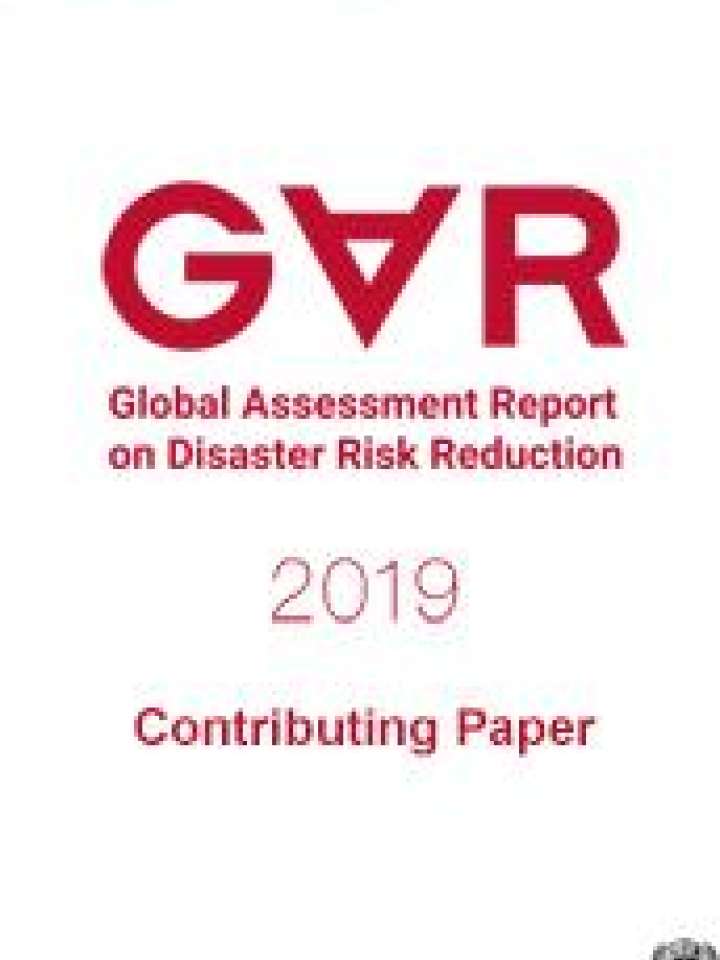Disaster risk governance and humanitarian aid in different conflict scenarios
In the different academic research fields of disaster, humanitarian aid, or conflict, little attention has been paid to the nexus between disaster and conflict. Academic attention to conflict and disaster has been disjointed, raising different questions and focusing on different solutions: peace building and disaster risk reduction, respectively. This separation persists despite large commonalities in causes and effects of the two phenomena. Similarly, policy and practice are not often cognizant of the connecting linkages of conflict and disaster, nor of their ramifications for disaster response.
This paper aims to deepen the understanding of the relations between disaster and conflict, and discusses humanitarian governance in high-intensity, low-intensity and post-conflict scenarios. The report views humanitarian governance as the interplay between the government, international and national responders and the affected communities in responding to disasters. The paper also analyses how multiple state and non-state actors involved in aid respond to disasters in the aforementioned conflict-affected situations. For each of these scenarios, the authors discuss specific challenges for disaster response and humanitarian governance.
The research shows that specific challenges for aid actors, as well as specific aid dynamics, occur in different conflict settings. One challenge that the authors identify in all three situations is the complexity and multi-layeredness of disaster governance. The power balance between actors and the room of manoeuvre that different humanitarian actors have differ significantly per scenario.
This paper is a contribution to the 2019 edition of the Global Assessment Report on Disaster Risk Reduction (GAR 2019).
To cite this paper:
Hilhorst, D. et al. Disaster risk governance and humanitarian aid in different conflict scenarios. Contributing Paper to GAR 2019
